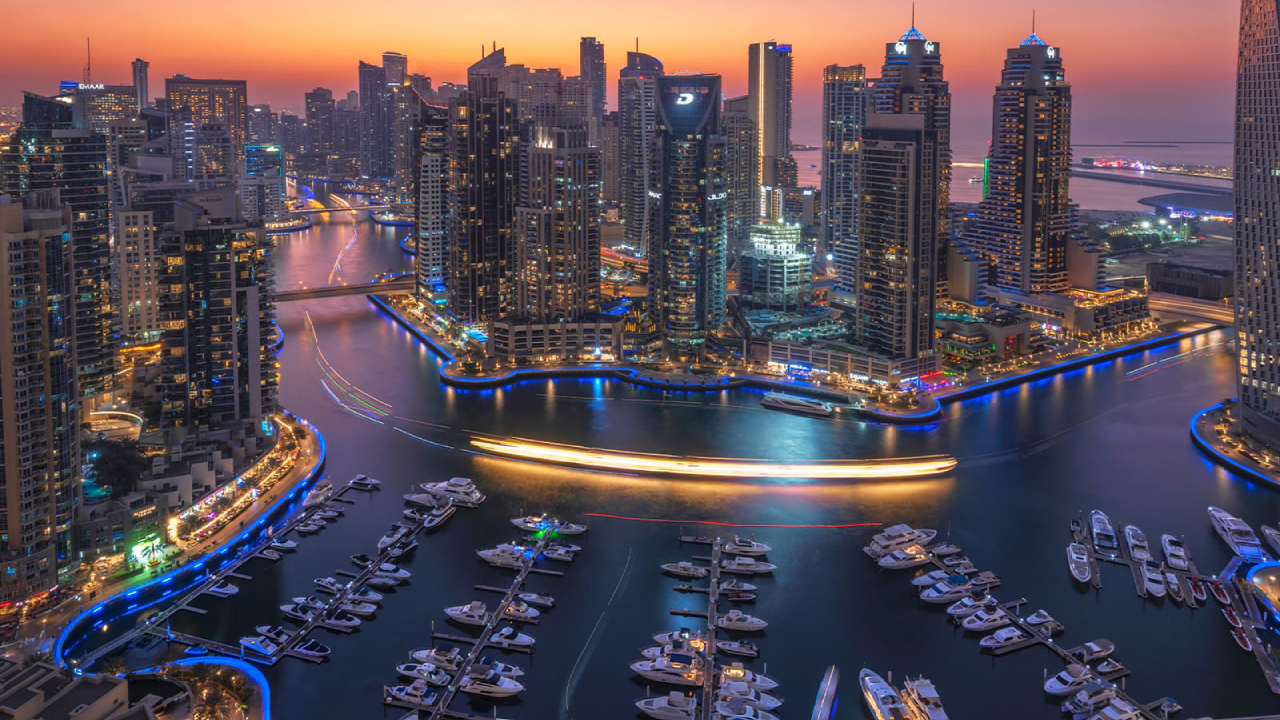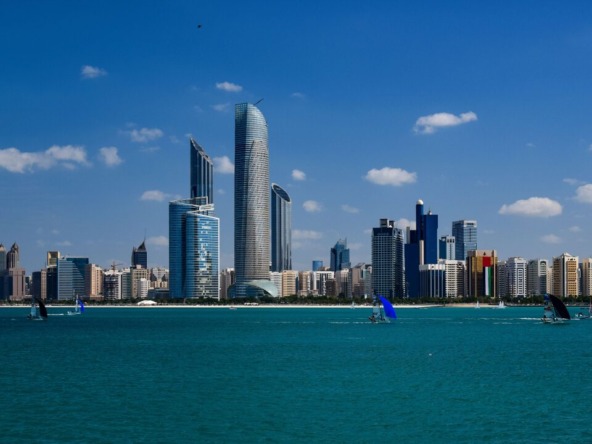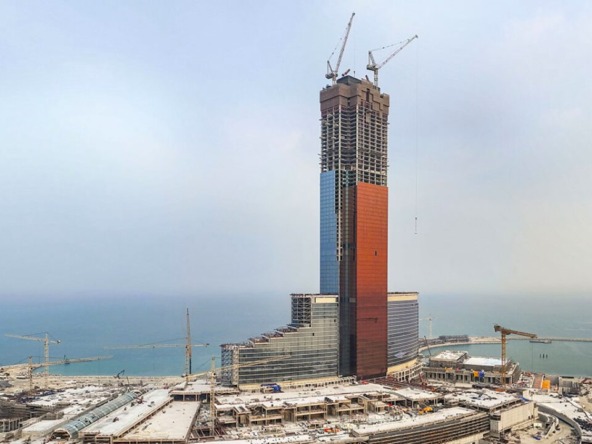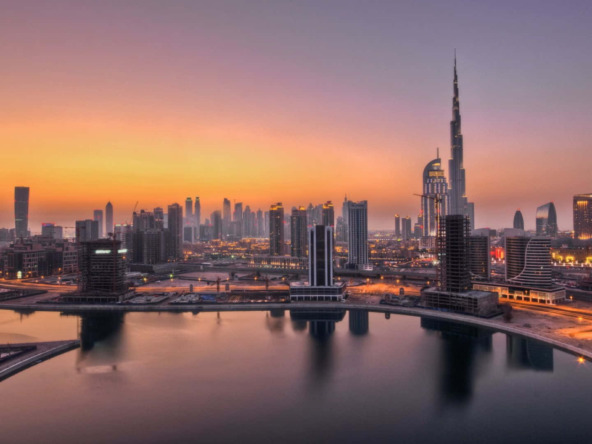The emirate’s residential real estate sphere is sustaining its upward trajectory, with six distinguished precincts crystallising as the lodestars for both seasoned investors and aspirants making their inaugural foray into property ownership — delivering rental returns scaling as high as 7.39 per cent.
The elite cadre of locales — Jumeirah Village Circle (JVC), Damac Island, Downtown Dubai, Dubai Marina, Meydan City, and Dubai South — are recording formidable transaction volumes and tangible capital appreciation. This resilience underscores a decisive pivot toward value-rich, meticulously master-planned districts bolstered by sophisticated infrastructure and reinforced connectivity, according to fresh analytics from Chestertons Mena.
The market’s momentum is underpinned by deft urban choreography, landmark infrastructural enhancements, and a deepening reservoir of investor assurance — dynamics poised to redefine Dubai’s property topography for the decade ahead.
JVC retains magnetic appeal for youthful tenants and neophyte buyers courtesy of its comparative attainability and enviable yields. Properties here average Dh1,238 per square foot, with returns peaking at 7.39 per cent — a figure ranking among Dubai’s loftiest. Meanwhile, Dubai South — strategically anchored near Al Maktoum International Airport and Expo City Dubai — boasts an average of Dh1,035 per square foot, generating yields of 6.77 per cent. Its allure lies in long-horizon value and infrastructural ascendancy.
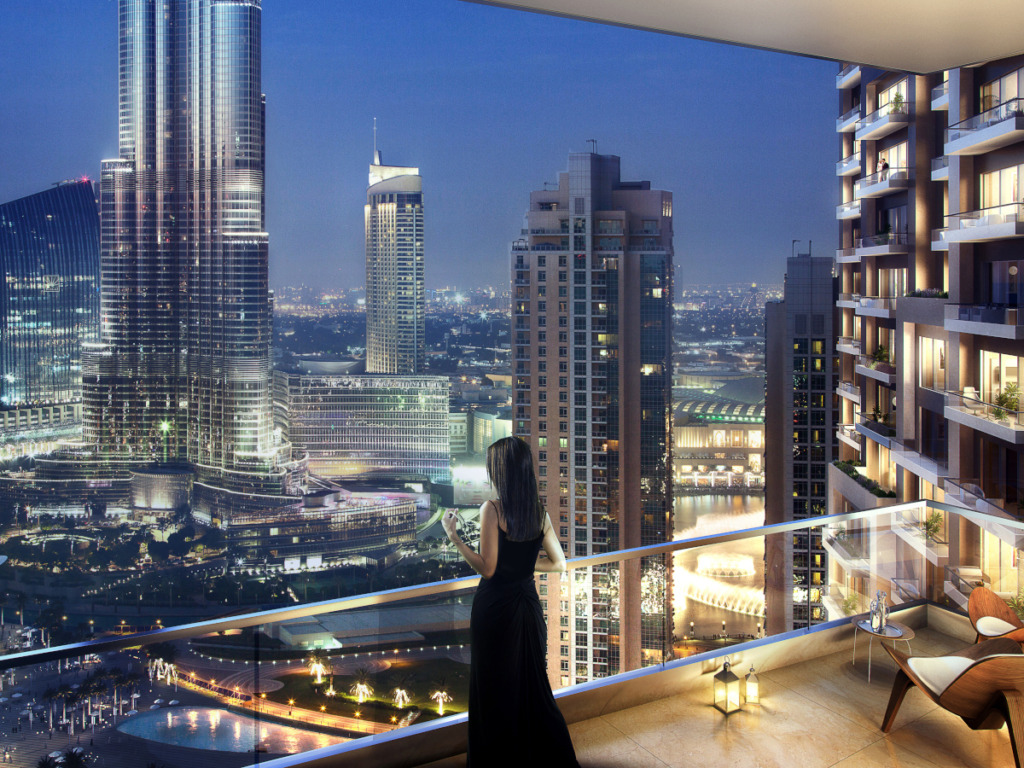
Damac Island, at Dh823 per square foot, emerges as the most accessible among the six, offering an impressive yield of 7.38 per cent. Its appeal is amplified by competitive off-plan pricing and first-mover advantages. Meydan City, with its capacious residences, upgraded civic amenities, and 7.14 per cent yield, averages Dh1,915 per square foot — an appealing fusion for discerning investors.
Centrally sited icons like Dubai Marina and Downtown Dubai continue to command attention despite elevated entry thresholds. Dubai Marina averages Dh1,757 per square foot with yields of 6.24 per cent, while Downtown — the priciest of the group at Dh2,504 per square foot — sustains a steady 6 per cent return, buoyed by its perennial demand and exalted stature.
Chestertons Mena’s findings suggest that these gains mirror a structural evolution in Dubai’s property arena, where suburban, master-crafted enclaves ascend in prominence amidst constrained land availability in the urban core. This shift dovetails seamlessly with the Dubai 2040 Urban Master Plan and the D33 Economic Agenda — state-led blueprints aimed at cultivating integrated, high-calibre habitats while doubling GDP over the next ten years.

Mania Merrikhi, COO and Managing Director of Chestertons Mena, affirms Dubai’s standing as an apex global investment destination: “Strategic initiatives like D33 are primed to catalyse unprecedented economic and urban metamorphosis. In parallel, emirates such as Abu Dhabi are gaining gravity, propelled by monumental infrastructure ventures.”

Echoing this, Mohamed Mussa, Executive Director at Chestertons Mena, underscores the pivotal role of government stewardship: “From streamlined regulatory frameworks to fortified investor safeguards, the UAE is magnetising a new echelon of global and family-centric buyers. The appetite for fully serviced, lifestyle-oriented precincts — offering convenience, value, and enduring growth — remains unabated.”
This evolution is accelerated by a suite of buyer-oriented mechanisms: reduced down-payment thresholds, enhanced mortgage accessibility, and residency-linked property visas. These levers are enticing a swelling influx of international patrons, expatriate families, and remote professionals, all seeking holistic communities replete with academic, medical, retail, and leisure provisions.
Data from the Dubai Land Department reveals a 25.8 per cent year-on-year surge in property transactions during H1 2025, surpassing Dh180 billion. Residential assets dominate the ledger, claiming over 60 per cent of total sales, as eminent developers — Emaar, Sobha Realty, and Binghatti among them — unfurl high-desirability projects in both prime and ascending zones.
The crescendo in off-plan acquisitions further signals market optimism. CBRE’s Dubai Residential Market Snapshot notes that off-plan deals comprised 58 per cent of residential transactions in H1 2025, marking a 32 per cent leap from last year. This surge is especially palpable in Dubai South and Damac Island, where enticing price points and the promise of sustained value are drawing a wave of newcomers.
Rental escalations continue unabated, with Asteco reporting an 18.5 per cent annual uplift for apartments and a striking 19.6 per cent climb for villas. While elite enclaves like Downtown and Palm Jumeirah show stabilisation, mid-tier and emergent districts are propelling rental inflation — driven by tenants in search of greater spatial latitude and fiscal pragmatism.

